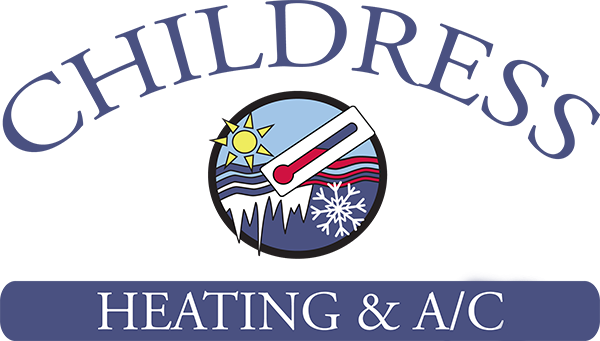
We spend a good majority of our time inside. As a matter of fact, the Environmental Protection Agency (EPA) has determined being indoors makes up 90% of our days. Although, the EPA also has determined your indoor air can be three to five times more polluted than outdoors.
That’s due to the fact our homes are tightly sealed to boost energy efficiency. While this is great for your utility costs, it’s not so great if you’re amid the 40% of the population with respiratory allergies.
When outdoor ventilation is insufficient, pollutants like dust and volatile organic compounds (VOCs) may get stuck. Consequently, these pollutants might aggravate your allergies.
You can enhance your indoor air quality with crisp air and routine cleaning and vacuuming. But if you’re still having issues with symptoms during the time you’re at home, an air purifier might be able to help.
While it can’t remove pollutants that have landed on your furnishings or flooring, it may help purify the air traveling around your home.
And air purification has also been scientifically verified to help reduce some allergic symptoms, according to the American College of Allergy, Asthma and Immunology. It could also be helpful if you or a loved one has lung issues, including emphysema or COPD.
There are two kinds, a portable air purifier or a whole-home air purifier. We’ll go over the distinctions so you can figure out what’s right for your home.
Whole-House Air Purifier vs. Portable Air Purifiers
A portable air purifier is for a single room. A whole-house air purifier works with your HVAC unit to clean your entire home. Some kinds can purify independent when your heating and cooling unit isn’t running.
What’s the Best Air Purifier for Allergies?
Seek an option with a High Efficiency Particulate Air (HEPA) filter. HEPA filters are placed in hospitals and offer the best filtration you can get, as they catch 99.97% of particles in the air.
HEPA filters are even more powerful when used with an ultraviolet (UV) germicidal light. This dynamic blend can eliminate dust, dander, pollen and mold, all of which are general allergens. For the greatest in air purification, consider a system that also has a carbon-based filter to decrease household smells.
Avoid buying an air purifier that makes ozone, which is the main component in smog. The EPA warns ozone may worsen respiratory problems, even when released at small settings.
The Allergy and Asthma Foundation of America has made a checklist of questions to ask when purchasing an air purifier.
- What can this purifier remove from the air? What doesn’t it remove?
- What’s its clean air delivery rate? (A better number means air will be freshened more quickly.)
- How regularly does the filter or UV bulb need to be switched]? Can I complete that without help?
- How much do replacement filters or bulbs cost?
How to Lessen Seasonal Allergy Symptoms
Want to get the {top|most excellent|best] outcome from your new air purification equipment? The Mayo Clinic recommends taking other procedures to limit your exposure to problems that can cause seasonal allergies.
- Stay inside and keep windows and doors sealed when pollen counts are high.
- Have other household members cut the lawn or pull weeds, since these jobs can aggravate symptoms. If you must do this work alone, you may want to consider using a pollen mask. You should also shower without delay and put on new clothes once you’re completed.
- Avoid drying laundry outside.
- Turn on the AC while at home or while you’re on the road. Consider using a high efficiency air filter in your home’s HVAC system.
- Balance your house’s humidity percentage with a whole-house dehumidifier.
- Hardwood, tile or linoleum are the suggested flooring materials for reducing indoor allergens. If your home has carpet, install a HEPA filter on your vacuum cleaner.
Let Our Specialists Manage Your Indoor Air Quality Needs
Want to progress with adding a whole-house air purifier? Give our specialists a call at 540-675-4306 or contact us online to request an appointment. We’ll help you find the ideal unit for your residence and budget.
